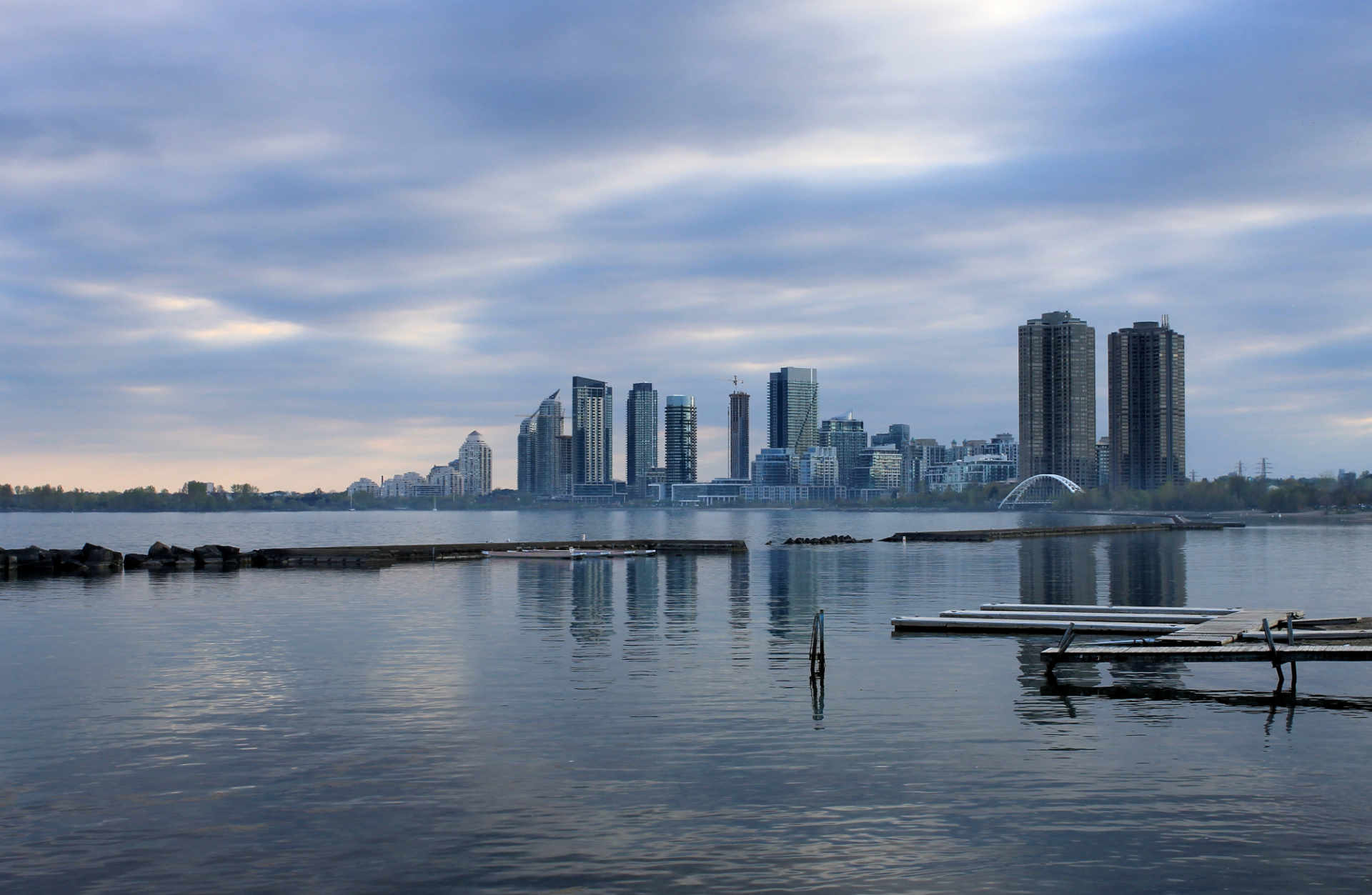Google is not just building another tech hub inside a city; instead, the tech giant is developing a complete urban community from the ground up.
With so many citizens across the globe continually relocating to cities near and far, it is safe to say that the future world will be designed around establishing megacities across the planet. Thanks to re-urbanization, modern infrastructure is barely holding on. Google and others seek to take hold of this opportunity and create metropolises around technology, instead of manufacturing technology around human development.
Over the past decade, big data has soared, it is this information, which is illegally taken from you although you sign an agreement to hand it over, those technology companies have used to foment the rise of analytics and social engineering.
Again, for several years, technology companies have lobbied the governments of the world for control and influence, it is only now that we are beginning to see this problem for what it is, corporate buyouts. Inasmuch as technology could be beneficial to humanity, tech giants have other plans.
Starting in 1919 scientists, engineers, and technologists have held on to a plan to replace publicly elected officials with selected experts in any of the aforementioned fields. It is now, in 2017, that technocrats are fully playing their hands. Throughout the 20th century similar political theories existed, mainly through communism and socialism; however, a technocracy differs, but only slightly.
A technocratic form of government is an entire government run as a technical or an engineering problem, through the use of big data, this political ideology is no longer a mere thought of the dystopians but rather one that is being rolled out today.
Like socialism, under a technocracy, the means of production, distribution, and exchange would be owned or regulated by selected decision makers. And like communism, under a technocracy, there is no private-ownership, and each person works and is paid according to their abilities and needs. However, like Lenin, Hitler, Stalin, and Mao, under a technocracy, all means of regulation, wages, production, society and so on are controlled by a select few.
According to an early advocate of technocracy, American economist and sociologist Thorstein Veblen; “technological developments would eventually lead toward a socialistic organization of economic affairs. Veblen saw socialism as one intermediate phase in an ongoing evolutionary process in society that would be brought about by the natural decay of the business enterprise system and by the inventiveness of engineers.”
Fast forward a century, and we are now on the cusp of such a government taking shape. In 2016 the World Economic Forum published a report entitled; “Welcome to 2030. I own nothing, have no privacy, and life has never been better.” In this report “a city” is depicted, and the citizenry within said city own no products, because everything is now a service, everything is controlled and digitized.
Welcome to the year 2030. Welcome to my city – or should I say, “our city.” I don’t own anything. I don’t own a car. I don’t own a house. I don’t own any appliances or any clothes.
It might seem odd to you, but it makes perfect sense for us in this city. Everything you considered a product, has now become a service. We have access to transportation, accommodation, food and all the things we need in our daily lives. One by one all these things became free, so it ended up not making sense for us to own much.
First communication became digitized and free to everyone. Then, when clean energy became free, things started to move quickly. Transportation dropped dramatically in price. It made no sense for us to own cars anymore because we could call a driverless vehicle or a flying car for longer journeys within minutes. We started transporting ourselves in a much more organized and coordinated way when public transport became easier, quicker and more convenient than the car. Now I can hardly believe that we accepted congestion and traffic jams, not to mention the air pollution from combustion engines…
… Shopping? I can’t really remember what that is. For most of us, it has been turned into choosing things to use. Sometimes I find this fun, and sometimes I just want the algorithm to do it for me. It knows my taste better than I do by now.
When AI and robots took over so much of our work, we suddenly had time to eat well, sleep well and spend time with other people. The concept of rush hour makes no sense anymore, since the work that we do can be done at any time. I don’t really know if I would call it work anymore. It is more like thinking-time, creation-time and development-time.
— WEF

The year 2030 is fast approaching and Google, a privately owned corporation is taking drastic steps to make this into a reality. The dystopian future, mentioned in the above WEF article, is becoming a reality in Toronto. Canadian Prime Minister Justin Trudeau, signed off and announced the $50 million deal from Sidewalk Labs along with Alphabet executive chairman Eric Schmidt at the beginning of October 2017.
Sidewalk Labs, a unit of Alphabet, is planning to turn this ‘neighborhood,’ of roughly 800 million acres, into what they call “Quayside,” the smart city of the future.

Featured in the ‘smart city’ will be driverless cars, droves of sensors and cameras, ‘controlled’ weather, artificial intelligence central command hubs, sewage energy, and so much more.
Another KEY Document is the proposal (too large to display) you can download it here.
Related: Meet Metropolis, Nvidia’s analytical video platform to connect every single security camera
Thought Amazon’s idea of a ‘smart’ grocery store was bad enough? Feast your eyes on Quayside’s data collection technologies. Every single aspect of an individuals life is no longer private according to Sidewalk. Instead, Google will collect and interpret data to further expand this technocratic neighborhood. Sidewalk is actively being marketed as “The next frontier of global sustainability,” by utilizing several forms of renewable energy up to and including sewage.
Sidewalk plans to use sewage to heat and cool homes within Quayside. Depending on what contractor and or company Sidewalk will use has yet to be determined, however, below is an example of how tech giants and climate fanatics plan to reuse sewage in your home.

Toronto, just like many other large cities, has a severe problem alleviating housing costs, such as rent and or mortgages. Here is how Sidewalk plans to reduce such issues; “Sidewalk will also demonstrate a flexible building typology, Loft, with a strong shell and minimalistic interior that makes it quick and easy to convert building uses.To enable adaptable buildings while ensuring good standards, Side walk will test outcome-based codes, using embedded sensors to monitor for negative impacts such as noise or pollution. Sidewalk will also explore new occupancy models that rely on shared space, such as co-housing, to further lower housing costs.”
In other words, Google will record every breath and every word spoken. Also no one will own their own houses or apartments, instead, the majority of individuals will share housing with strangers.
So far, the World Economic Forum’s report about the year 2030 is beginning to look a lot like what Google is attempting to build in Toronto.
However, how will this impact the rest of the world?
Just like Amazons’ Go, Quayside is a test, a ground zero, for the city of the future. Sidewalk plans to set the record straight on how to build a city.
Global significance. Several things will make this project globally significant. First, the firsts: the things that have never been done. The Eastern Waterfront will be the first district where the only vehicles are shared and self-driving, where buildings have no static use, where streets are never dug up.Second: the integration of innovation, both physical and digital, across every aspect of urban life. Nowhere else will mobility innovation meet streets designed for it. Nowhere else will housing be more affordable based not on policy alone but on how things are built. And nowhere else will all this innovation exist in a single place. Third: the capacity for iteration. The Eastern Waterfront will be a place where people have the tools to develop bold ideas—a place that not only accommodates innovation but demands it. What Sidewalk envisions today for Quayside and the Eastern Waterfront is just the first chapter; it is what cannot yet be imagined that will change the world.
— PDF – Page 2
Sidewalk’s ambitions are to spread this tech-city to every megacity across the globe. With every aspect of life monitored, watched, analyzed, and every bit of ownership removed. However, with that in mind, Quayside mainly looks like the beginning of the twenty-first-century communist-technocrat nightmare.
Works Cited
Max Greenwood. “Google and Sidewalk Labs Announce Toronto Smart Neighbourhood: “Quayside”.” Tech Vibes. . (2017): . .
Sidewalk. “Sidewalk Toronto.” Sidewalk - Alphabet. . (2017): . .
Emily Badger. “Google’s Founders Wanted to Shape a City. Toronto Is Their Chance..” NYTimes. . (2017): . .
David George-Cosh and Eliot Brown. “Google Parent Nears Deal to Build Its Vision of a City in Toronto.” Wall Street Journal. . (2017): . .


Each generation has its own Le Corbusiers…and if they create a sanctuary for “Amen” within, who knows?
So basically make humans stupid and lazy, just like satan wants humans to be. People better find discernment quick within the words of Yahuah and Yahushua. Open those Holy Bible and only the KJV Bible or the 1611 KJV bible. None of that junk after.
Amen